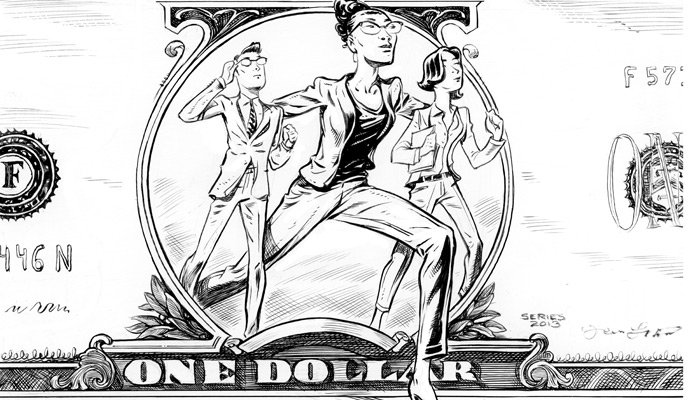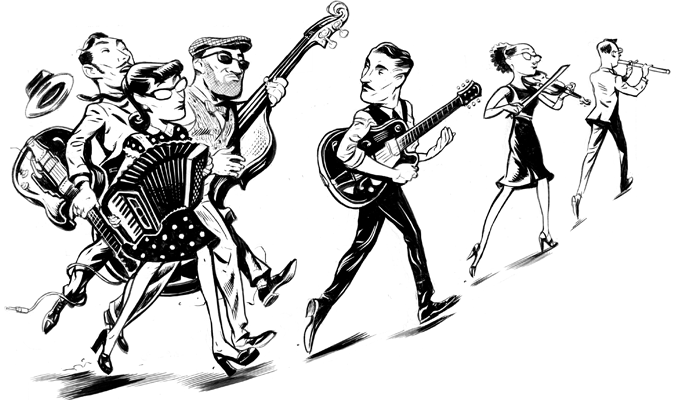In Praise of Long-Tenure Cultures
Employees with a personal stake in a company are more likely to help it succeed.
(originally published by Booz & Company)In the course of studying and teaching crisis leadership, I often read academic articles, government reports, and after-action reviews that are… well, dry is perhaps the most charitable way to put it. They tend to be fact-filled and dispassionate, written by practitioners, not novelists.
I was thus delighted to come across the new book, The Siege: 68 Hours Inside the Taj Hotel, by investigative reporters Cathy Scott-Clark and Adrian Levy. It recounts the terror attacks that rocked Mumbai five years ago. The well-researched, fast-paced story reads like a thriller. More pertinently, it also holds some universal leadership lessons.
The attacks occurred November 26–29, 2008. Ten heavily armed Pakistani terrorists affiliated with the militant group Lashkar-e-Taiba undertook a daring mission: Arriving by sea, the five two-man teams struck high-profile targets, the most prominent of these being the luxurious Taj Hotel. They carried grenades and automatic weapons, and planned to inflict maximum damage. It was a job they took seriously: 166 people were killed and more than 300 were injured. The hotel was set on fire and suffered significant damage.
Among the most inspiring parts of the book are the stories of the countless acts of heroism by the Taj staff. Chefs, waiters, and other employees worked to save the guests’ lives, including at one point forming a human shield between the guests and the gunmen. Unarmed hotel security guards made multiple forays into the building, both to guide police and to attempt to rescue guests. Personnel—from the bottom of the hierarchy to the top—were united in their desire to serve the hotel they had come to love, even when it put them in personal danger. When it was all over, the Tata family, which owns the Taj, covered all medical bills and funeral expenses for the staff.
As you read about the heroic efforts of the Taj team, ask yourself this: How many of your employees would put themselves between your customers and a terrorist with a high-powered, automatic weapon?
How many of your employees would put themselves between your customers and a terrorist?
That may seem like a situation most companies are unlikely to deal with, but I believe the question will make many executives uncomfortable. Even in a literal sense, it is not that outrageous when one thinks about the increasing frequency of active shooter attacks—just think of Virginia Tech, Tucson, Aurora, and Newtown. Attorney General Eric Holder recently said that such incidents have tripled in the United States since 2009. And absent a mortal threat, the question is still important.
In recent years, we have seen the connection weakening between companies and their employees. Whether cast in the positive light of “freelance nation” or the more pessimistic view of career and benefit insecurity, gone are the days at many firms when employment was considered a long-term commitment by either the company or the employee. BusinessDictionary.com defines rightsizing, one of the newer corporate euphemisms, as: “The process of a corporation reorganizing or restructuring their business by cost-cutting, reduction of workforce, or reorganizing upper-level management.” Notice that getting to the right size apparently never includes hiring or giving employees incentives to stay.
But moves that bolster a company’s short-term outlook through trimming benefits, encouraging part-time rather than full-time hires, and cutting the rewards of a lengthy tenure with the firm have long-term repercussions. Loyalty and engagement are two casualties that come to mind; it seems rather foolish to think that customer loyalty and engagement can grow while employees are viewed as expendable.
What leadership lessons can the attack on the Taj teach us about long-tenure corporate cultures?
The first is that values can catalyze action. Taj employees, new and old, carried crib sheets with the company’s values: “Embrace talent and harness expertise to leverage standards of excellence in art of hospitality.” These values were deeply embedded in the organization over time, and guided the valiant, self-organized actions undertaken by the staff. The police, in contrast, seemed to be hamstrung by the need to get approval to act through a strict chain of command.
The second is that duration of service makes a difference. Many times throughout the book, staff members expressed deep affection for the hotel and its owners. There were second-generation employees on the staff because working at the Taj, even in a junior role, was considered desirable. Some of what the staff was able to do in the midst of the attack was possible because they knew each other and the property so well.
Third is that high performance standards can keep people motivated for decades. In some circles, long tenure is equated with organizational sclerosis: overly comfortable workers doing just enough to get by. But as demonstrated at the Taj, workers with decades on the job still derived satisfaction from going above and beyond. Achieving the Taj standard was a daily aspiration. After the attacks, the chefs and their staffs organized to clean the blood-soaked kitchens themselves. That reflects an amount of pride and dedication I haven’t seen in many workplaces.
The combination of these three things made a real difference: clear, compelling values and high standards cultivated over time in an environment that expected and rewarded excellence. Employees at all levels exercised an ownership in the reputation of the hotel and the hospitality its guests expected, even in the most trying circumstances.
The Taj was no more diligent than most corporations before the attack; the book notes that several security recommendations had been ignored as too cumbersome or intrusive. And so when the worst did happen, it was the ability of its staff to be courageous, quick thinking, and agile in action that saved lives. These qualities can’t be imparted in a two-hour orientation or outsourced to contractors. They arise when executives and employees are committed to their customers and each other for the long haul, and when they share institutional knowledge, values, and a vision for the future.




